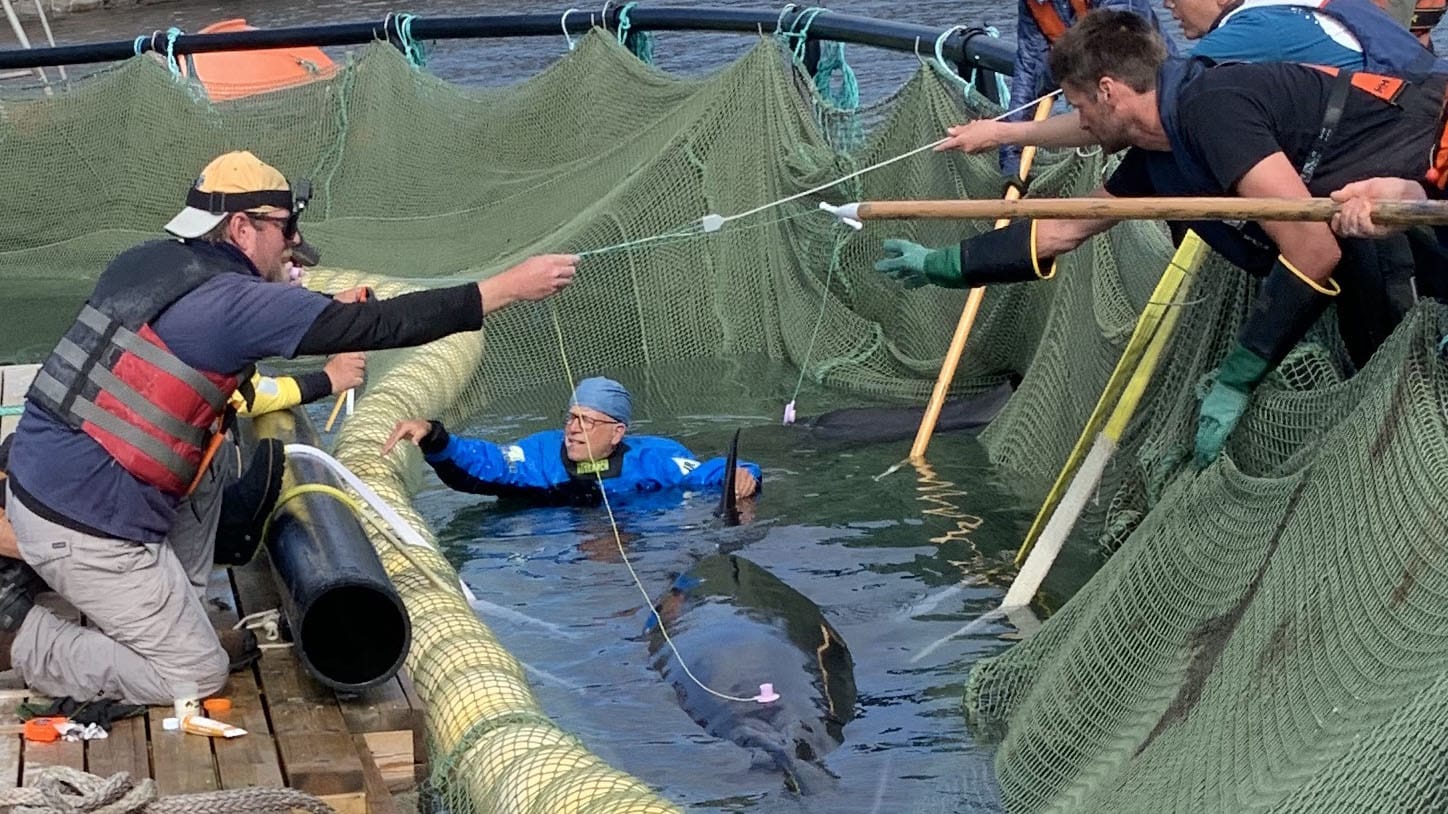Show and Tell

We’re probably all very familiar with the old school – as in kindergarten level – version of show and tell. Now, scientific publishing has caught up with that concept, and neurobiologist Dr. Troy Ghashghaei is the first from NC State to take advantage of this new way of communicating scientific methods by publishing in the Journal of Visual Experiments (JoVE), which allows researchers to put videos of their lab methodologies online.
Ghashghaei is all about stem cells and neurons. He and his laboratory are interested in how stem cells get “told” to become neurons, specifically in adults, because the majority of our neurons are formed before birth. If he can crack that mystery, then all sorts of new therapies might become available for people with neurological disorders, as well as for sufferers of diseases like Parkinson’s and Alzheimer’s.
Part of Ghashghaei’s research involves studying the migration of young neurons from where they are born – the stem cell “holding pens” where they reside. These new neurons move to the areas of the brain where they become integrated with existing neurons. To that end, he and his team at NC State created a new method for capturing time-lapse imaging of this neuronal migration – a big improvement over traditional observational methods. Long story short – the method is a fairly involved process of slicing and pipetting and glass-bottomed dishes and all of those other nifty scientific tools that we picture when we think about research labs.
However, since it is such an involved process, sharing it with other researchers so that they can duplicate and use this new method is necessarily complicated – the written procedural alone is over seven pages of text . That’s where the “show” part of this research show and tell comes in. Ghashghaei created an instructional video for JoVE, demonstrating his laboratory’s methods.
“The new method we’ve developed is exciting,” Ghashghaei says, “but so is the ability to share it with colleagues in a visual manner, which really benefits the scientific community. I strongly recommend colleagues at NC State to publish their novel methods and techniques in JoVE, which is very rapidly becoming the premiere platform for finding scientific protocols. It will allow other laboratories to learn new techniques easily.”
The article by the Ghashghaei laboratory is located here. Check it out, but a word to the squeamish: if you don’t like watching tissue being dissected, you may want to just read the paper instead.
- Categories:


